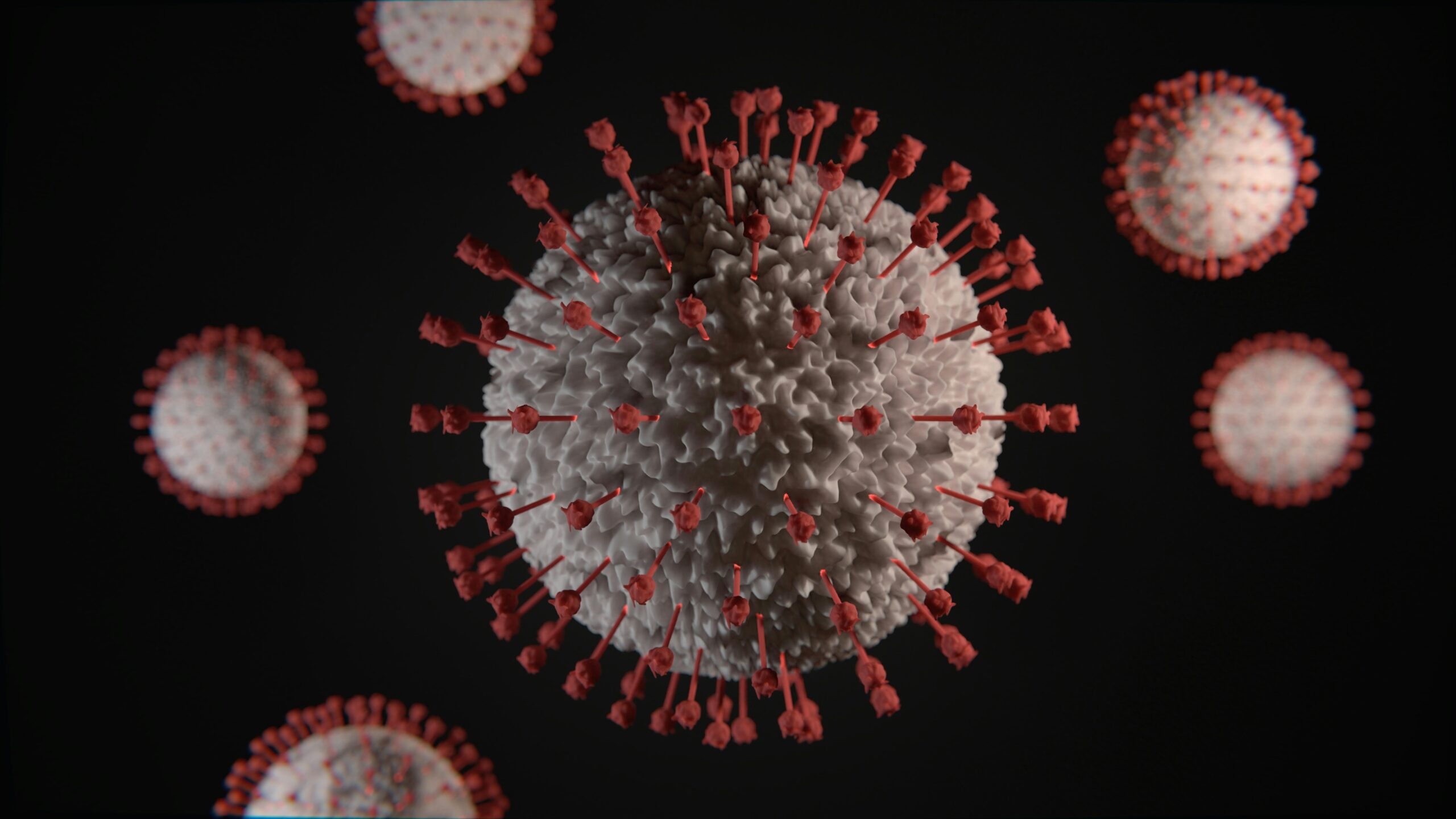Introduction
In early 2020, the world held its breath as the novel coronavirus, dubbed #WuhanPneumonia, swept out of Wuhan, China, sparking fear and uncertainty. Among the earliest reported cases was a 10-year-old boy from Shenzhen, whose diagnosis sent ripples through his community and beyond. What symptoms did he face, if any, and how did a child navigate a disease that gripped the globe? This is the story of his unexpected journey, the science behind pediatric cases, and the hope that emerged from a frightening time.
A Shocking Diagnosis
On January 20, 2020, a 10-year-old boy became one of the first pediatric cases of the novel coronavirus (2019-nCoV), later named SARS-CoV-2, reported outside Wuhan. His family had visited the city, a bustling hub of 14 million, during the lead-up to the Lunar New Year, unaware of the invisible threat brewing. According to a 2020 study, the boy was part of a family cluster, with five of six relatives testing positive after their trip. Unlike his adult family members, who battled fever, cough, and respiratory distress, the boy showed no symptoms—an asymptomatic carrier, a puzzle that intrigued doctors and alarmed public health officials. #WuhanPneumonia
The Silent Spread of a Child
The boy’s lack of symptoms was both a relief and a concern. A 2020 report noted that children accounted for just 2% of COVID-19 cases in China, often presenting milder or no symptoms compared to adults. This Shenzhen boy, despite feeling fine, had ground-glass lung opacities on his CT scan, a hallmark of the virus’s impact. “It was surreal,” his mother later shared in a local interview, “to know my son was sick but looked perfectly healthy.” His case highlighted a critical challenge: asymptomatic children could unknowingly spread the virus, complicating efforts to contain the outbreak. By February 2020, China reported 44,412 confirmed cases in Wuhan alone, with pediatric cases like his raising questions about community transmission.
A Family’s Fear and Resilience
For the boy’s family, the diagnosis was a whirlwind of fear and isolation. Quarantined in a Shenzhen hospital, they faced uncertainty as the world scrambled to understand the virus. The boy, too young to fully grasp the situation, kept busy with books and video calls to friends, his cheerful demeanor a stark contrast to the gravity of #WuhanPneumonia. His parents, however, wrestled with guilt and worry, knowing their travel had exposed him. “We thought we were just visiting family,” his father said. Yet, the boy’s asymptomatic case offered hope—his immune system, like many children’s, seemed to handle the virus with ease, a phenomenon later linked to lower expression of ACE2 receptors in kids, per a 2021 study.
The Science Behind Pediatric Cases
Why did this 10-year-old show no symptoms? Experts in 2020 pointed to children’s robust immune responses and lower viral loads. A New England Journal of Medicine study found that pediatric cases often presented with mild symptoms—fever, cough, or none at all—compared to adults, who faced severe pneumonia or worse. The boy’s case aligned with early data from Changsha, China, where six of 366 children hospitalized for respiratory issues tested positive for COVID-19, with most showing minimal symptoms. Unlike adults, who faced a 15% mortality rate in early Wuhan cases, children rarely progressed to severe disease, with no fatalities reported among those under 19 in China by March 2020. This resilience became a silver lining in a grim outbreak.
Navigating a New Reality
The boy’s recovery was swift. By late January 2020, he tested negative for the virus and was discharged, his lungs clear on follow-up scans. His story, though, lingered as a symbol of the pandemic’s unpredictability. Schools closed, masks became mandatory, and families like his adapted to a world of lockdowns. Online, the hashtag #WuhanPneumonia trended as people shared stories of survival and loss, with the boy’s case sparking discussions about testing and asymptomatic spread. His family leaned on community support, from neighbors delivering meals to virtual check-ins, showing that even in isolation, connection endured.
A Glimmer of Hope
The 10-year-old’s experience, while frightening, underscored the resilience of youth and the power of science. By March 2020, China’s aggressive measures—quarantines, contact tracing, and hospital expansions—curbed the virus’s spread, with new cases dropping significantly. The boy’s asymptomatic case reminded the world that not every infection was a death sentence, especially for children. As vaccines emerged later that year, hope grew stronger. His story, one of millions, became a testament to human endurance in the face of #WuhanPneumonia.
Conclusion
A 10-year-old boy’s brush with the novel coronavirus in 2020 revealed the complexities of a global crisis. Asymptomatic yet infectious, he embodied both the mystery and the hope of the early pandemic. His story, rooted in Shenzhen but felt worldwide, reminds us of the strength found in unexpected places—whether in a child’s resilience or a community’s unity. As we reflect on #WuhanPneumonia, let’s honor those who faced the unknown with courage, paving the way for recovery and renewal.




